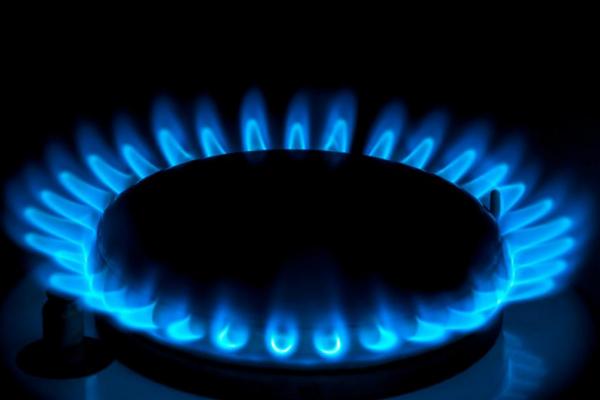With inflation up and demand increasing in a post-pandemic world, commodities have understandably been doing rather well for themselves. Natural gas, however, has outshone the lot, with prices currently sitting at six-year highs. Naturally, of course, the question on many analysts' lips is how long can these high prices be sustained as growth forecasts continue to be adjusted downwards and Nord Stream 2 promises to deliver Europe 55 billion more cubic metres of gas per year. Despite this, though, the consensus seems to be that prices will at least remain stable amid a hard, expensive winter ahead.
Don't dwell on the present
When prices rise 300% in the space of a year, people can be forgiven for thinking that we're in a bubble. That's why getting a bit of historical perspective is absolutely vital. Indeed, even a cursory glance of past spot prices shows that the current level of $5.30 per 1 million BTUs is not especially unique for the US. In fact, the historical Henry Hub Natural Gas chart reveals that, as recently as the 2000s, prices exceeded $10 multiple times, even rising to $15 on some occasions. When we consider that inflation has decreased the dollar's buying power significantly in the intervening 15 years, today's prices actually look pretty cheap given the global macroeconomic context.
Look to the futures
A great barometer of where prices are likely headed is the futures market. This is particularly true when it comes to commodities. At the time of writing, natural gas futures for the winter season sit at around $5.50 per million BTUs, which represents a premium on the spot price that would suggest analysts are confident in price rises ahead. Moreover, the IEA has predicted that futures will carry on rising until the end of the year. If we look at the confidence interval of possible prices, we see a significant forecast shift towards higher price levels up to $10. This comes after analysts from Goldman Sachs also estimated that natural gas prices could double once more to $10 in the event of a cold winter (which also appears more than likely).
Europe driving demand
While the situation in the US is undoubtedly important, we also have to think about one of the world's biggest markets for natural gas: Europe. Prices are predicted to remain high on the Old Continent for several reasons, and this will, of course, buoy US prices, too. In early September, Fitch Ratings raised its outlook for natural gas prices in Europe for 2021-2022, citing the current dynamics of rising gas costs and problems with stable supplies. Natural gas prices at European hubs are rising with virtually every passing day and currently hover around $700 per 1,000 cubic meters. Major factors behind these ongoing price increases are the low level of gas reserves in Europe's underground gas storage facilities, which are only two-thirds full at present, and the limited supply of pipeline and liquefied natural gas. Though the construction of Nord Stream 2 is now complete, extraction is still at least a month away, and political concerns could yet prove a threat to its long-term viability.
Nature calls
Unless you've been living under a rock for the past few years, you'll have noticed that the number of weather-related natural disasters both around the world and in the United States is rising rapidly. Not only is this trend generating changes in utilities consumption habits among various consumer groups, but it's also driving instability in the production and transportation of the underlying energy resources. And where is the most active natural-disaster region in the United States? The Gulf of Mexico, of course, which just so happens to be where the majority of the country's oil (17%) and gas (5%) is produced. Both the frequency and cost of weather and climate disasters are increasing as a combined result of population growth and industry development. But overall, these two factors are both connected to the overarching issue of man-made climate change. And since August-October is the time when tropical and severe storms are most common in the US, it's unsurprising that October and November typically see the biggest increases in natural gas prices. Meanwhile, Bloomberg estimates that Hurricane Ida, which hit the Gulf Coast, had the most significant impact on the US energy industry in 13 years. As such, the evidence appears to be stacking up for more price hikes around the corner.
Trade gas with Libertex
Whether you think the natural gas market is about to explode or implode, you can always have your say with Libertex. That's because we offer both long and short positions in a range of commodities, including Henry Hub Natural Gas. Libertex has been connecting traders with financial markets since 1997 and is known for its reliability, low commission and ultra-tight spreads. The Libertex app is available for iOS and Android and comes fully loaded with a wide range of technical analysis tools that can be overlaid directly onto the instrument's chart. If that wasn't enough, it also displays simple Buy/Sell recommendations for traders who prefer simple, easily actionable signals.






